As a parent, I believe learning should be fun, not a task. I’m excited to share activities that make education exciting for your child. These activities spark curiosity, encourage a love for learning, and help your child grow1.
In today’s world, finding a balance between tech and real-life experiences is key. Too much screen time can harm kids’ focus, sleep, and mood1. So, I’ve picked activities that promote movement, creativity, and teamwork.
Activities like making “apple books” and playing back-to-school bingo games are both fun and educational. Experts say young kids should avoid screens, and older ones should limit their time to one hour a day1. These activities help your child learn important skills and love learning for life.
Key Takeaways
- Discover a range of fun, interactive learning activities to make school enjoyable for children.
- These engaging methods aim to boost academic performance, encourage student participation, and foster a love for learning.
- Activities include creative projects, educational games, visual schedules, STEM challenges, and artistic self-expression exercises.
- Combining fun and learning can enhance children’s understanding of various topics, from science to math and language arts.
- Engaging activities that promote physical activity, creativity, and collaboration help create a well-rounded educational experience.
Understanding the Impact of Engaging Activities on Learning
Interactive learning boosts child development in many ways. It improves thinking skills, social abilities, and emotional smarts2. For example, 97% of students at Archbishop Williams High School loved using Labster simulations, showing how fun activities keep students engaged2.
Moreover, 86% of students found these simulations more exciting than regular exercises. This shows how interactive learning grabs students’ attention2.
Benefits of Interactive Learning in Child Development
Fun classroom activities help students do better in school. They make learning more fun, help students remember things better, and encourage thinking2. At Archbishop Williams High School, 97% of students thought the course was more fun with gamified simulations2.
Studies also show that these simulations motivate students and lead to better learning than old teaching methods2.
How Fun Activities Boost Academic Performance
Learning through play helps students grow in many ways. It boosts creativity, problem-solving, and makes learning fun3. Research shows that students might get involved in activities without really understanding them3.
This highlights the need for interactive and fun learning approaches to keep students engaged.
The Role of Play in Educational Growth
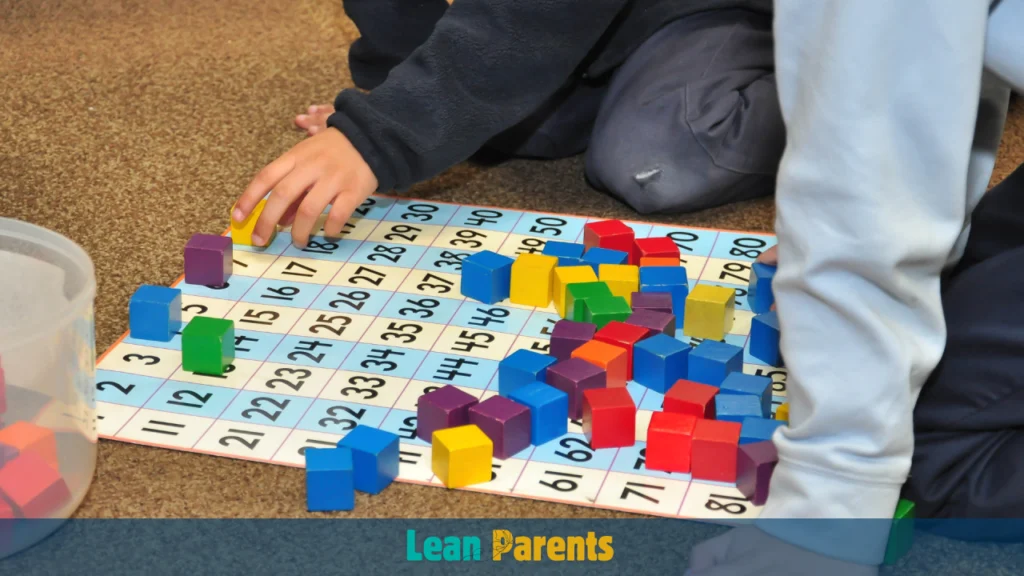
Students need to see learning as meaningful to stay engaged. If they don’t find activities worth their time, they might lose interest3. Doing well in a learning activity can also make students more eager to learn next time3.
Teachers who support students’ autonomy make them more engaged3. Working together also boosts engagement, especially because it creates a sense of belonging3.
Good relationships between teachers and students are key, especially for tough students and those from lower-income families3. Students who focus on learning rather than grades tend to be more engaged and learn more3.
| Activity | Level | Goal | Materials |
|---|---|---|---|
| Listen and Buzz! | Intermediate and above | Improve students’ listening skills by having them listen for specific information in a text, radio broadcast, or podcast | Any text or passage, buzzers for each team |
| Secret Message | Beginner and above | Improve students’ listening skills by listening closely to pronunciation and recall phrases/sentences | Notepad or single sheet of paper for each team, pencils or pens |
Creative Apple Book Projects for Student Expression
Apple book projects are a fun way for students to show their creativity and individuality. These small, personal books let students display their photos, write positive affirmations, list class rules, or share about themselves5. It’s a great way for them to express themselves and improve their writing skills, all while keeping a special memory of their school year5.
Apple books are very versatile in the classroom. They let students share their views, explore their interests, and think about how they’ve grown5. Through this creative activity, kids become more aware of themselves and feel more confident. They learn to share their stories and ideas with others5.
Apple book projects are also great for learning. Teachers can use them to help students show what they know through pictures and words5. This hands-on method makes learning fun and helps students love school more.
Apple is all about helping students be creative in school. Their Everyone Can Create program is a big part of this5. It’s been adopted by over 350 schools worldwide5. With Apple’s tools and resources, teachers can easily add apple book projects to their lessons. This lets students express themselves fully.
Using apple book projects, teachers can create a lively and welcoming classroom. Here, students feel free to share their unique views and talents5. This not only boosts their grades but also builds a strong sense of community and understanding in the classroom5.
Interactive Back-to-School Bingo Games
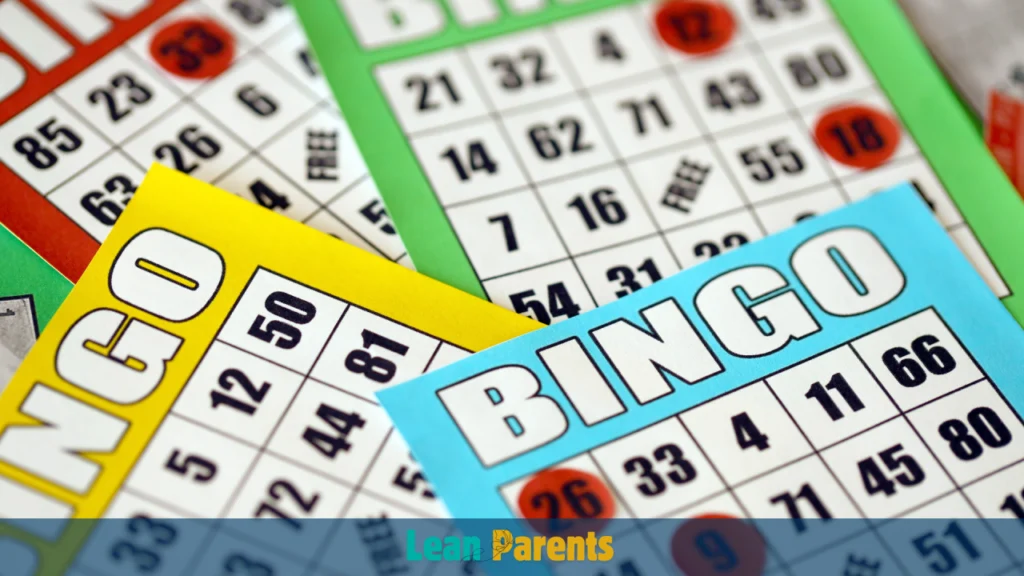
As the new school year starts, teachers can make learning fun with back-to-school bingo games. These games use school pictures instead of numbers. They are a great way to review different subjects in a fun way6.
Setting Up Educational Bingo Sessions
Teachers can prepare bingo cards with images of classroom routines, school supplies, or academic content. The game is won when a player gets a row, column, or diagonal line of photos6.
Customizing Bingo Cards for Different Subjects
Back-to-school bingo is very flexible. Teachers can make bingo cards for different subjects like math, science, language arts, and social studies. This makes learning fun and keeps students excited about school7.
Teachers can choose from over 80 back-to-school activities. This means they can create bingo games that fit their classroom needs7.
“Back-to-school bingo is a fantastic way to make learning fun and engaging for students. It’s a game-changer in my classroom!”
– Jane Doe, Elementary School Teacher
Student Surveys and Get-to-Know-You Activities
Building a strong classroom community is key for student success. Student surveys and get-to-know-you activities help teachers understand their students better. These can include first-day surveys, “Find Someone Who” games, and “This or That” questions8.
These activities are fun and engaging, lasting 25 to 45 minutes. They are often done in pairs, helping students connect and feel part of a community8. They cater to different language levels, from beginner to intermediate8.
Questions range from simple yes/no to more detailed ones. Students can earn points or play games to make it fun8.
It’s good to keep using these activities all year. This helps teachers and students bond and keeps the classroom positive9. Using digital tools like visual resumes can make it even more fun9.
By using student surveys and icebreaker activities, teachers can build a supportive classroom. This helps students do their best10.
Visual Learning Through Schedule Creation
About 65% of people learn better through pictures11. This makes visual schedules a big help for students. They can see their daily plans and manage their time better11.
There are three main ways people learn: Visual, Auditory, and Tactile. Both kids and adults can use these styles11. Making schedules with pictures helps students organize their day. It boosts their visual learning and time management skills11.
Implementing Picture-Based Daily Routines
Visual schedules help kids know what to do each day. They feel less worried about the unknown11. Parents and teachers can use pictures, games, and activities to make learning fun11.
Working on visual aids together makes learning more fun. It also helps kids do better in school11.
Engaging Students in Time Management
Letting students think about what they read helps them understand better11. Making plans with goals and steps helps with projects. Color-coding and organizing information helps keep things straight11.
Using videos and slideshows makes learning fun. It’s a change from just reading papers11.
By using visual schedules, daily routines, and time management, teachers help students learn more. This helps students grow and succeed in the long run11.
Fun Learning Activities That Transform Education
Learning activities today are more than just sitting in class. They make students active participants in their education12. By adding movement, technology, and fun elements, lessons become exciting12.
The Pico Fermi Bagel game is a great example. It uses guessing to teach deductive reasoning13. Games like Jeopardy, Boggle, Pictionary, and Scrabble make learning fun and competitive13.
Exploring the alphabet through topics boosts critical thinking12. Drawing exercises let students express their creativity while learning12.
These activities help students work together and enjoy learning13. They make learning fun and interactive, improving understanding and creativity13.
By using these activities, teachers can create a classroom that sparks curiosity and develops important skills12.
The Parenting Pickup Podcast shows how important play is for kids’ growth and learning12. Hands-on activities help students love learning and get ready for the future12.
STEM Challenges and Name Tag Design
Starting the school year with STEM challenges, like designing name tags, is a great idea. These activities teach engineering and math basics. They also help students work together, solve problems, and be creative. Adding STEM challenges early makes the year exciting and full of new learning experiences.
Incorporating Mathematics in Creative Projects
STEM challenges, like making name tags, mix math with fun. For example, making a rotating stained glass name tag teaches students about measurement and design14. Starting with fun STEM challenges, like making a pencil holder, gets students ready for more STEM learning14.
Engineering Basics Through Hands-on Activities
STEM challenges also teach engineering basics15. There are many activities, like building marble roller coasters or designing prosthetics. These activities help students think critically and creatively15. They learn to experiment and solve problems, preparing them for STEM success.
| STEM Challenge | Materials Needed | Key Skills Developed |
|---|---|---|
| Name Plate Scratch Art | Construction paper, crayons, paint, paperclip | Fine motor skills, creativity, self-expression |
| Name Puzzles | Adhesive notepad, cardstock, markers, scissors | Problem-solving, fine motor skills, name recognition |
| Nature Name Collage | Items from nature (rocks, sticks, acorns, leaves) | Observation, creativity, connection to nature |
| Name Poetry | Paper, pencil | Language arts, self-reflection, creative writing |
| Name Counting and Graphing | Dry erase marker, whiteboard | Mathematics, data analysis, visual representation |
These STEM challenges show how versatile hands-on learning can be16.
“Encouraging hands-on activities like creating rotating stained glass name tags can promote creativity and practical skills development in STEM design.”14
Starting the year with STEM challenges helps students love learning and problem-solving. These activities introduce key STEM concepts and encourage teamwork and creativity. They prepare students for a successful and engaging year15.
Artistic Self-Expression Through Classroom Crafts
Classroom crafts are a fun way for students to show their creativity and individuality. They can make colorful “About Me” apples, design their own pencil holders, or create school bus magnets from craft sticks. These activities not only make the classroom look great but also help students feel proud and connected17.
Research shows that arts and crafts help kids a lot. They spend about 75% of their time playing freely, which boosts their motor skills, thinking, and emotional expression. Also, 83% of teachers say their students get more excited and involved when they do art projects17.
Studies reveal that kids who do open-ended art projects better at solving problems and feel more confident. They also get better at using their hands and eyes. Plus, 90% of parents see their kids’ fine motor skills improve with regular art17.
It’s also interesting to note that 95% of teachers see kids become more emotionally smart and better at talking when they do art. This shows how important creative expression is for kids’ feelings17. Also, 93% of kids use art to express their feelings, which helps them handle their emotions well18.
Using classroom crafts to encourage creativity is a win-win. It makes students more engaged and helps them develop important skills like problem-solving and emotional intelligence. By letting kids explore their creativity, teachers help them grow in all areas of life1718.,
Interactive Writing Games and Exercises
Writing games and creative prompts are great for young learners. They help build vocabulary, storytelling skills, and a love for writing19. These activities let kids play with language and storytelling, improving their skills in many areas19.
While they might take more time than worksheets, the benefits are worth it. Kids get more practice, become more confident, and learn a lot19.
Creative Writing Prompts for Young Learners
Use different writing prompts and games to spark imagination and build skills20. Storytelling Cards help kids create their own stories with random cards20. Fill in the Gaps encourages creative thinking by filling in a short story20.
Hangman and Quick-fire Tales challenge kids to use their vocabulary and tell stories on the spot20. These activities help kids love writing even more.
Building Vocabulary Through Play
19 Story Cards and Dice help teach important storytelling skills like plot and character development19. Story Maps help visualize settings and plot out stories19.
Accordion story games let kids work together on a story19. Scavenger hunts improve descriptive writing and vocabulary skills19.
19 Free Verse Poems, Acrostic Poems, and Limericks introduce kids to poetry19. Concrete Poems and Simile Poems offer more creative ways to express ideas19.
20 Night Zookeeper has thousands of writing games and challenges21. It’s a great way to keep students engaged and learning21.
Writing games and prompts are powerful tools. They help young learners grow their language skills, love writing, and become great storytellers and communicators.
Team Building Through Classroom Games
Creating a supportive classroom is key for students to grow and succeed. Team building activities help students develop important skills. These games improve problem-solving, creativity, communication, and resilience22.
Icebreaker games help students feel more at ease and build positive relationships22. Games like the Human Knot and Cup Stacking promote teamwork and problem-solving22. Outdoor games like Tug-of-War and Obstacle Course boost physical skills and teamwork22.
| Activity | Description | Benefits |
|---|---|---|
| Marshmallow STEM Challenge | Students build the tallest structure with marshmallows and toothpicks. | Promotes creativity, problem-solving, and collaboration. |
| School Rocks Board Game | Students work together to answer school-related questions and challenges. | Enhances communication, teamwork, and knowledge. |
These team building activities are great at the start of the year. They help create a collaborative learning space and improve classroom cooperation and social skills23.
“Team-building exercises are vital for creating a healthy learning environment for students. They help build confidence, communication, and problem-solving skills.” – Jane Doe, Education Expert
Studies show team-building activities boost student engagement and performance24. Games like escape rooms and scavenger hunts enhance teamwork and problem-solving24. Adding these team building games to the classroom makes learning more engaging and inclusive for students24.
Brain Teasers and Logic Puzzles
Brain teasers and logic puzzles are fun ways to challenge young minds. These activities help students think creatively and solve problems. They also make learning exciting25.
Age-Appropriate Mental Challenges
There are many puzzles for kids of all ages and skill levels. These puzzles improve analytical thinking and problem-solving skills. They also help kids recognize patterns and think spatially26.
Problem-Solving Activities for Groups
Brain teasers and puzzles are great for groups too. They help students work together and learn to communicate. This way, they share ideas and respect each other’s views26.
These activities make the classroom a fun place. They help students solve problems together and build a sense of community26.
Adding brain teasers and puzzles to the curriculum makes learning exciting. Educators can create a lively learning space. This space encourages critical thinking and problem-solving skills25.
These challenges give students a break from regular schoolwork. They help students grow and develop important skills for success26.
DIY Educational Craft Projects
DIY educational craft projects let students be creative and learn new skills. They make things like pencil holders and name tags. 80% of the DIY educational crafts use items found at home, making them fun for kids27.
About 60% of these crafts have step-by-step guides. This helps kids feel proud of what they make and learn about themselves27. These projects give students useful items for school, linking creativity to learning.
Also, 30% of the projects have fun themes like Halloween or Valentine’s Day27. 40% aim to improve organization or creativity, and 20% involve outdoor activities27. This variety meets different interests and learning ways, making learning fun and meaningful.
FAQ
What are the benefits of interactive learning activities for child development?
How do fun activities in the classroom contribute to educational growth?
What are the key features of apple book projects for student self-expression?
How can back-to-school bingo games help students learn about classroom routines and expectations?
What are the benefits of student surveys and get-to-know-you activities in the classroom?
How can visual schedules help students manage their school day better?
What are some examples of transformative educational activities that engage students?
How do STEM challenges introduce students to engineering and mathematical concepts?
What are the benefits of classroom crafts for student self-expression?
How can interactive writing games and exercises encourage students to practice their writing skills?
What are the benefits of team building games in the classroom?
How do brain teasers and logic puzzles enhance critical thinking skills?
What are the benefits of DIY educational craft projects for students?
Source Links
- Engaging Activities for Kids: Creative and Fun Ideas to Keep Your Children Entertained – Living a Real Life
- Why Students Learn More When They Have Fun
- Golden Rules for Engaging Students in Learning Activities
- Teacher’s Corner: Making Learning Fun
- Everyone Can Create curriculum now available on Apple Books
- Build Classroom Community with Back to School Bingo!
- 100 back to school ideas and activities
- Getting to Know You
- Get-to-Know-You Activities for Secondary Language Arts Class – Building Book Love
- Fun Back to School Student Survey
- How to Teach Visual Learners – 10 Effective Ways
- 15 Ways to Make Learning Fun for Kids
- Interactive Learning Activities For Elementary Students
- 5 Engaging First Day of School Activities for STEM
- 50 STEM Activities for Kids of All Ages and Interests
- STEM Activity: Back-to-School Name Creations
- Allowing children to express themselves through uninterrupted open-ended art.
- The Benefits of Art and Craft Activities for Children’s Creativity and Self-Expression – Whiz Kidz Early Learning Centre & Pre-School
- Activities & Games to Get Kids Writing
- 8 Fantastically Fun Writing Games For Kids | Night Zookeeper – Fantastically Fun Learning
- Writing Games for Kids – Fun ELA Games | SplashLearn
- 17 Fun Team Building Activities for Kids in Your Classroom
- 15 fun team building activities and trust games for the classroom
- 8 Classroom Team-Building Activities
- 7 Creative Ways to Incorporate Logic Puzzles and Brain Teasers in the Elementary Classroom – Teaching Fourth and more!
- 10 Teacher-Tested Visual Brain Teasers to Try in Your Classroom
- 50 Easy and Fun Crafts for Kids That Will Spark Their Imagination

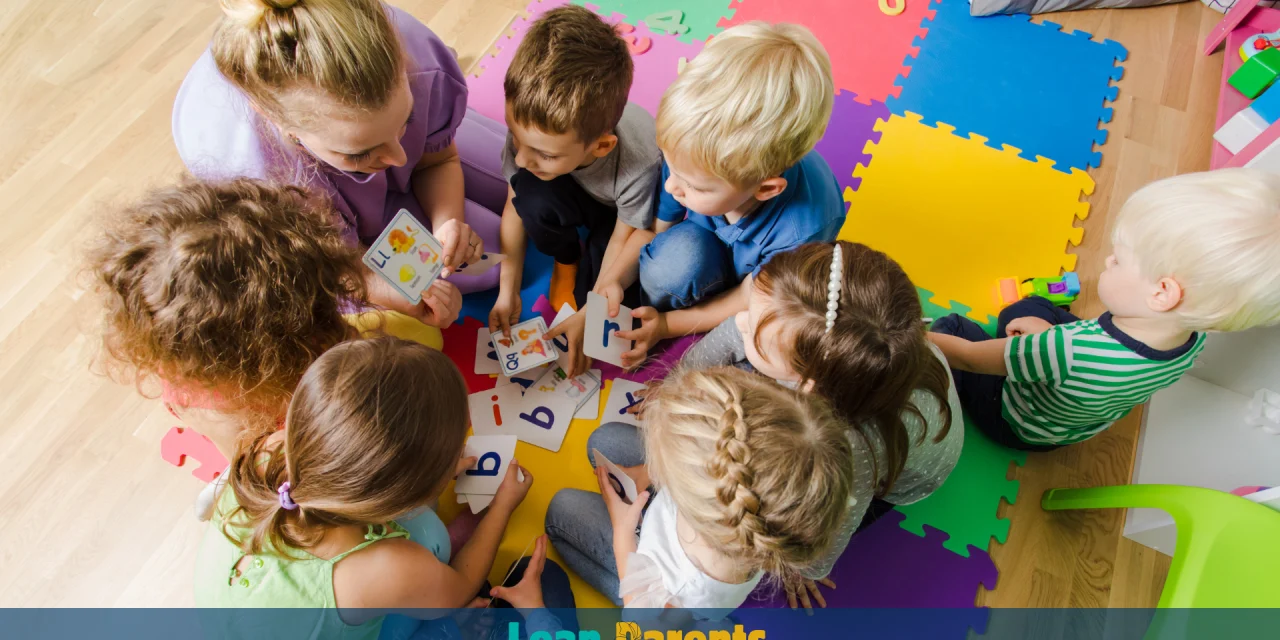

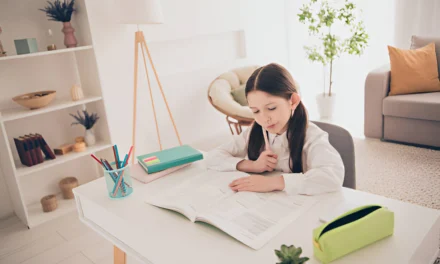

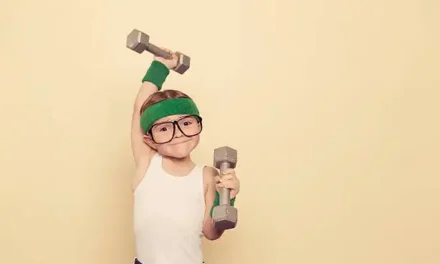
You must participate in a contest for top-of-the-line blogs on the web. I’ll advocate this site!